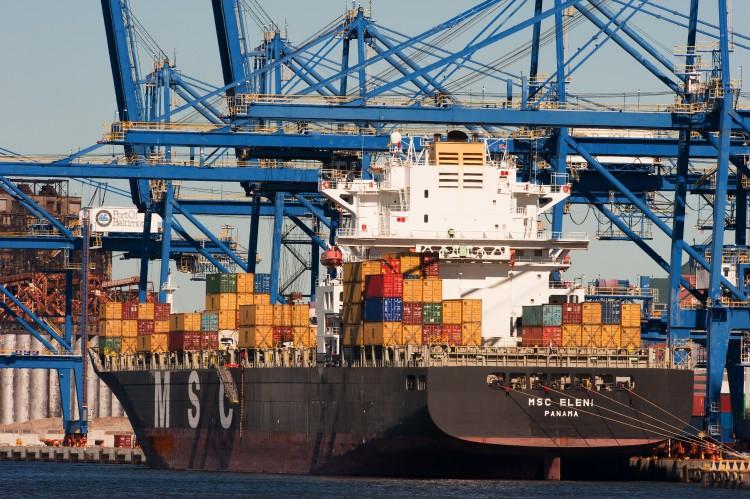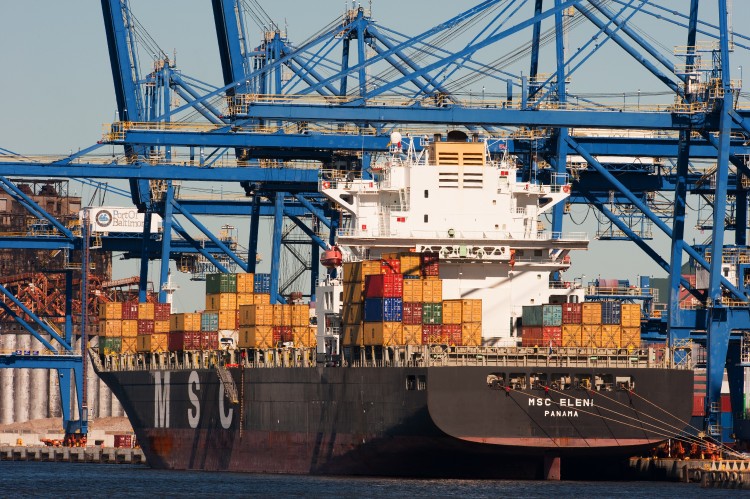Mediated negotiations between the International Longshoremen’s Association (ILA) and the United States Maritime Alliance, Ltd. (USMX) are going so badly that a port strike may start Dec. 30. It would be the first coast-wide strike since 1977.
A strike like this would mean a heavy blow to the economy, according to the National Retail Federation (NRF).
Stephen Schatz, senior director of media relations, communications, and public affairs at the NRF, said that a strike would be an economic “container cliff.” He said that a 2002 10-day walkout on West Coast ports took $1 billion per day from the economy, according to most estimates. An East Coast strike after Christmas could be just as costly.
“We just had Superstorm Sandy. Economically, we are already feeling the hurt along both coasts,” said Schatz.
Federal mediators have been trying to help the two sides to come to an agreement for months. Nonetheless, the opponents have now issued public statements blaming each other.
“USMX and its members are disappointed with the breakdown of negotiations and the inflexible stance that the union’s leaders have maintained over the nine-month course of these talks,” said James A. Capo, USMX chairman and CEO, in a statement on the USMX website.
He wrote that the two have always cooperated and compromised until now.
The ILA union expressed the situation more vigorously: “The ILA wanted to say ‘Happy New Year’ With a Contract Extension to February 1, 2013 but United States Maritime Alliance (USMX) answered with a resounding ‘Bah Humbug’ and rejected an ILA offer to extend the deadline of the current Master Contract through the end of January 2013,” according to a press release from the union.







